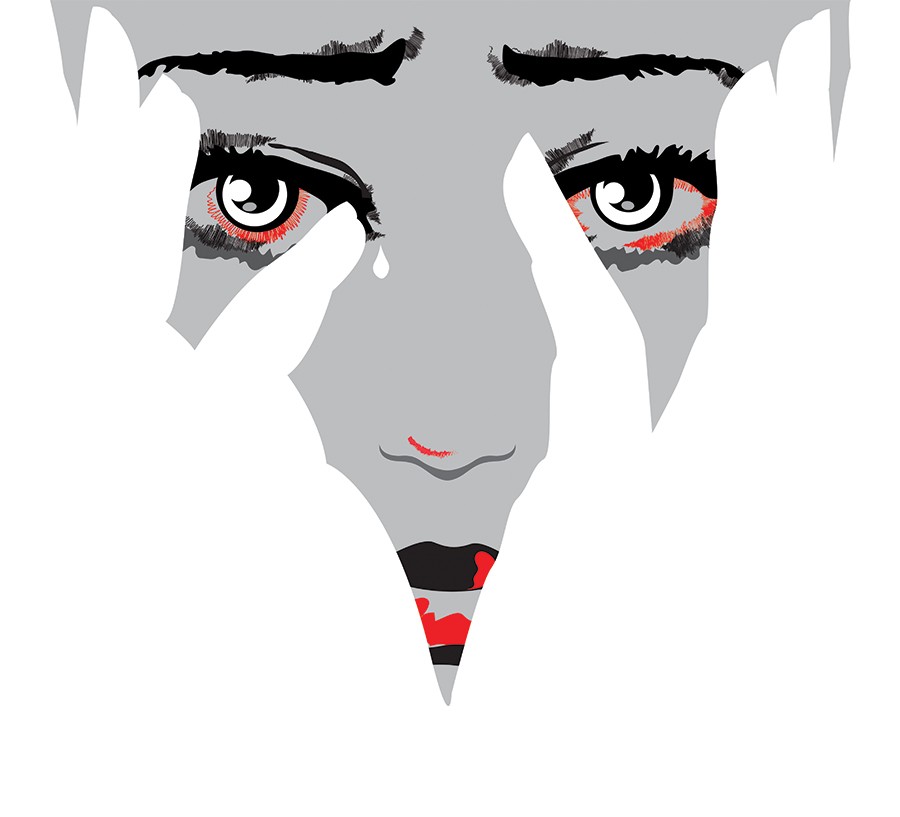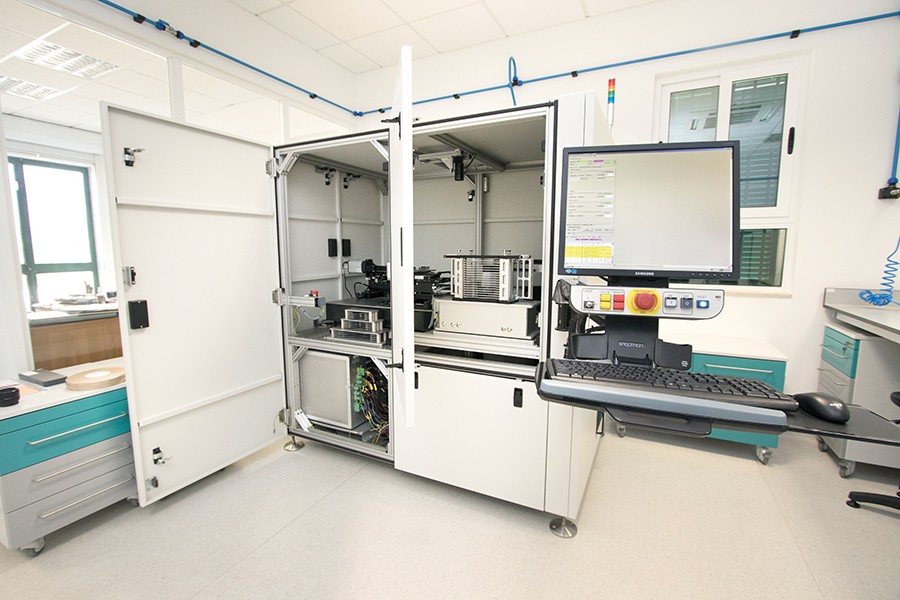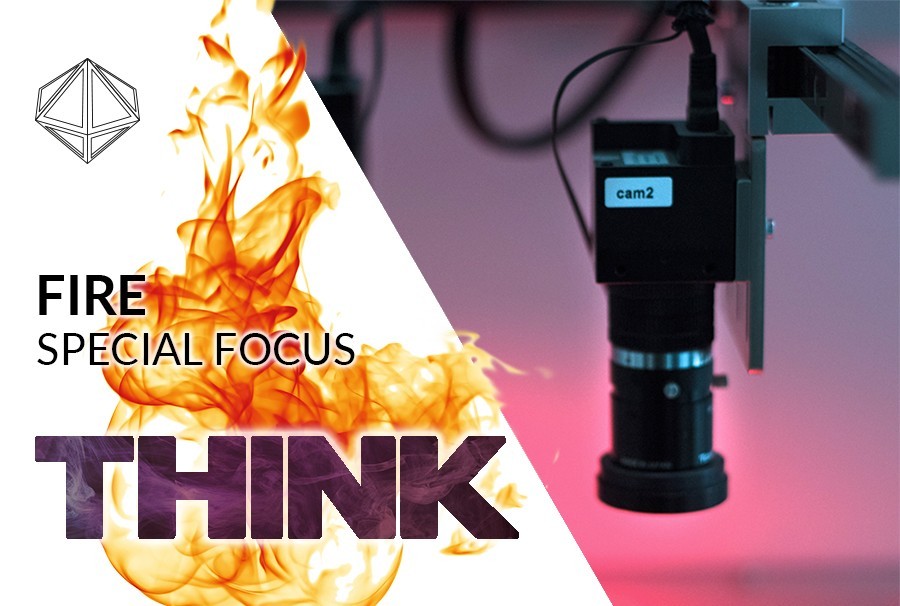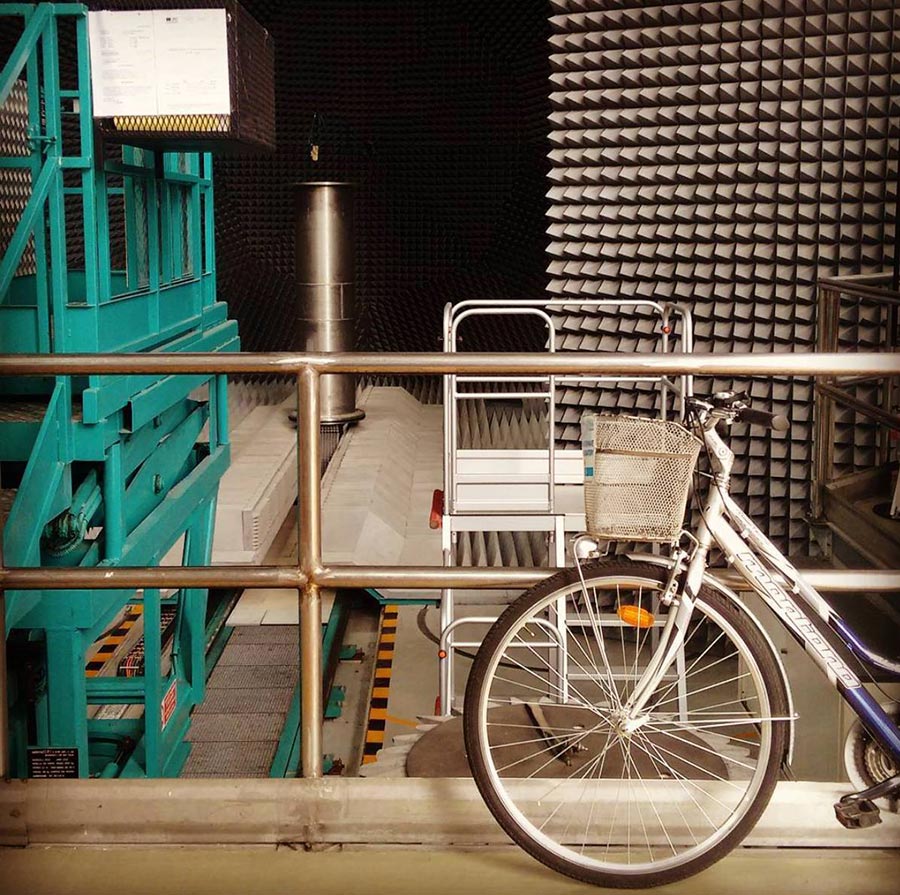The circular economy and Malta
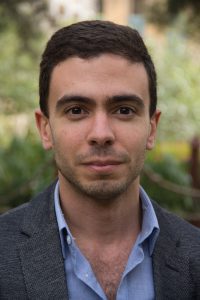
Our globalised economy has generated wealth and prosperity for millions of people around the world. Living standards have been raised to unprecedented levels. But this comes at a cost. The environment has suffered greatly, not only in terms of constant extraction of natural resources, but also at the hands of polluting processes and end-of-pipe waste.
Recognising that economies, and indeed our planet, have finite resources, the circular economy has become a popular concept among policymakers and stakeholders in recent years. The current linear ‘take, make, use, and throw away’ model of production entails substantial value losses and negative effects along the material chain. Because of this, we should ideally be designing and manufacturing products for continuous reuse and recycling, maximising resource efficiency, and minimising leakages and waste.
The appeal of the circular economy lies in its various environmental and economic benefits. Using secondhand materials and waste within business could cut costs, while their sale adds a potential revenue stream. The circular economy also offers new and vast business opportunities in areas such as product eco-design and product/material regeneration, all of which help create high-skilled jobs and investment in new technology.
The idea of the circular economy is particularly relevant to Malta, given its geographical circumstances, high import dependency, and lack of natural resources. Embracing the principles embodied within the circular economy concept would have an immediate positive impact on the environment while benefitting Malta’s long-term economic prospects.
However, we are still at the doorstep of circularity. Malta’s natural resource productivity fell by 7.6% between 2000 and 2015, with increased domestic material consumption outpacing economic growth. Waste management in key sectors like construction remains a major issue.
To encourage the shift from concept to the creation of circular economy business models, the University of Malta is part of the R2Pi Horizon 2020 project. Among other goals, it hopes to identify both market and policy failures that hinder the uptake of such models by business entities across Europe.
Author: Dr Jonathan Spiteri
R2Pi Horizon 2020: www.r2piproject.eu
This project has received funding from the European Union’s Horizon 2020 research and innovation programme under grant agreement No. 730378.
Domestic violence is no longer a private matter
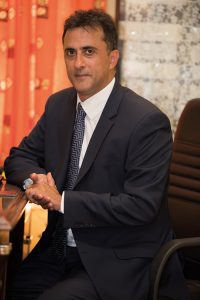
Domestic violence is a social issue scarring our communities. It is also on the rise. According to the CrimeMalta Annual Crime Review for 2016, there were ‘only’ 450 reports in 2008 compared to the 1272 instances in 2016, marking a jump of 183%.
Paradoxically, increasing reports of domestic violence are a good sign. They clearly indicate that people are more aware of domestic violence, that they recognise it, and find it unacceptable. Another positive is that the media is highlighting these cases. Domestic violence against women also has a lasting impact on children. Once exposed to intimate partner violence, the ramifications ripple through their lives both in the short term and when they become adults (Sammut Scerri, 2015).
According to the European Union Agency for Fundamental Rights, one in three European women experience physical and/or sexual violence by a partner. In Malta 15% of women over the age of 15 have experienced physical and/or sexual violence at the hands of a partner. Looking at the National Prevalence Study conducted in 2011 by the Commission for Domestic Violence, 26.5% of women have experienced one or more acts of violence by a partner, which includes, physical, emotional, or sexual violence. Probably one of the most worrying facts, according to the same study, is that 54% of women who have experienced violence did not seek assistance. Domestic violence significantly impacts female survivors who are low income, unemployed, or inactive.
Malta has to act, and the Faculty for Social Wellbeing (University of Malta) has already recommended a number of action points. First on the list is a one-stop-shop with a multidisciplinary response team, specially trained to address the situation holistically. This team involves police working with legal, social work, health, and psychological support. We also suggested a well–resourced National Action Plan, in-line with the Istanbul Convention, that is comprehensive and evidence-based. This would work hand in hand with a national programme on relationship education, targeting different age groups and genders, addressing gender stereotypes and issues around power and control. We also believe that court sentencing needs to be significantly harsher to reflect the seriousness of the crimes. Similarly, protection orders and treatment orders need to lead to significant punishments if broken. Finally, we must also work to alleviate the financial burden of domestic violence victims. Social assistance cheques have to be issued promptly, social housing must be made available, and child support contributions cannot be interrupted.
Domestic violence is no longer a private matter, but a community responsibility. For the good of everyone, it is an issue that needs to be addressed by academia, civil society, and the state in a coherent and well thought-out manner.
Author: Prof. Andrew Azzopardi
Further reading:
Sammut Scerri, C., Living with contradictions of love and violence: A grounded theory study of women’s understanding of their childhood experiences of domestic violence, Doctoral dissertation, University of Surrey, 2015.
http://crimemalta.com/documents/CrimeMalta_Annual_Report_SF_2016.pdf
In search of perfect silicon
Silicon is the go-to material for solar devices like photovoltaic panels despite its relatively low energy conversion rate of 15-22%. Researchers all over the world are analysing materials and creating new ones to find a better solution. A lucky handful are armed with a laser scattering tomograph (LST), the best instrument for the task.
An LST illuminates the sample material with an infrared laser beam, which scatters wherever it finds a defect. If there is a defect in a material’s structure, even one just a few nanometers wide, the very sensitive CCD camera at the other end of the machine will pick it up, allowing researchers to learn and adapt. It also boasts a robotic system that allows it to automatically load multiple samples at once.
The LST is very rare, but fortunately, one has found a home at the University of Malta’s (UM) Institute for Sustainable Energy (ISE), a brand new, state-of-the-art facility aimed towards finding efficient solutions for harnessing solar power to its fullest extent. ‘There are probably 10 to 12 of these worldwide,’ confirms Prof. Luciano Mule’ Stagno, Director of the Lab at the ISE. ‘Ours is one of the few in the world to be found in a university, almost certainly the only one in a university in Europe. Most of these machines are in industry settings,’ he says.
This enables the UM to conduct cutting-edge research in a field that is practically nascent, putting it at the forefront. With the LST, material engineers could unlock the secrets behind the perfect variation of defect-reduced silicon. This rise in efficiency could have a substantial impact on the worldwide sustainable energy market.
Author: Prof. Luciano Mule’ Stagno
Igniting a sun on Earth
The Sun is the most important source of energy for life on Earth. Powerful as it is, what would happen if humankind could create a miniature sun in a lab and harness its energy? This is the mission of Dr Ing. Nicholas Sammut, Dr Ing. Andrew Sammut, and Karl Buhagiar.
Harnessing the power of the sun
Malta is not a resource rich country, but in the shift towards renewable energies, our sunshine is now coveted for more than just tanning. Hans-Joachim Sonntag talks to Prof. Luciano Mulè Stagno about his experience in improving solar panel materials and building a research facility from scratch.
Continue reading
Extreme heat for gears
Cars, motorcycles, machinery—gears are at the heart of them all. Dr Ing. Ann Zammit writes about challenges in producing and improving gears to make everything safer.
Continue reading
The Malta Community Chest Fund invests in medical research
From its very inception, the University of Malta Research Innovation and Development Trust (RIDT) aimed to catalyse a societal culture change—to see funding for research and innovation receiving broad-based and sustained support, as well as donations from large corporate donors. Indeed, a few productive years later, a silent revolution is gaining momentum as Maltese society embraces this concept.
To underline this shift, there couldn’t have been a more significant donor than the Malta Community Chest Fund (MCCF). The MCCF, under the patronage of the President of the Republic, is considered by many to be the people’s philanthropic saving pot, the national piggy bank for good causes. It raises funds through its relentless campaigning and public generosity. Following in the steps of her predecessors, the current President, H.E. Marie-Louise Coleiro Preca, has taken this endeavour to new heights with L-Istrina, the yearly telethon fundraiser which hit the €5.5 million mark in 2016.
In December 2014, following an invitation by RIDT’s CEO Wilfred Kenely, The President visited the University of Malta’s research facilities and was shown some of the world-class research projects in areas such as breast cancer, brain-computer interfacing, and kidney disorders. Following that visit, the RIDT engaged with the Office of the President to identify research projects that would be supported by the Malta Community Chest Fund.
The first project to be funded was a study in the genetics of osteoporosis. Dr Melissa Formosa (Faculty of Health Sciences) is leading this project which, having conducted studies on animal models, is looking at Maltese families with members affected with osteoporosis in a bid to to determine whether genetic factors also increase susceptibility to this bone disease.
The President’s commitment has been re-endorsed with the signing of an agreement to finance a three-year National Eye Study to the tune of €132,000. The project investigates the incidence of eye disorders such as glaucoma and cataracts across the Maltese population. To date there is no reliable data available on blindness and common eye diseases. Led by ophthalmic surgeon and visiting senior lecturer Francis Carbonaro (Faculty of Medicine and Surgery), the project will be gathering data from 1% of the Maltese population aged between 40 and 80. The goal is to determine both age and sex-specific prevalence, and the cause of blindness and visual impairment in adults.
In her message to the RIDT, the President of the Republic spoke of her ‘distinct honour and great privilege to offer the full support of the Republic of Malta to the Research Trust. My office is committed to help achieve the aspiration and values we share with the Research Trust to create sustainable economic growth as a means to social development and prosperity.’
The Malta Community Chest Fund has chosen to invest in medical research conducted within the University of Malta. In doing so, it is not only supporting the quest for research-based solutions to our daily challenges, but also sending a clear message to the Maltese community—investment in research pays.


